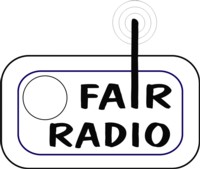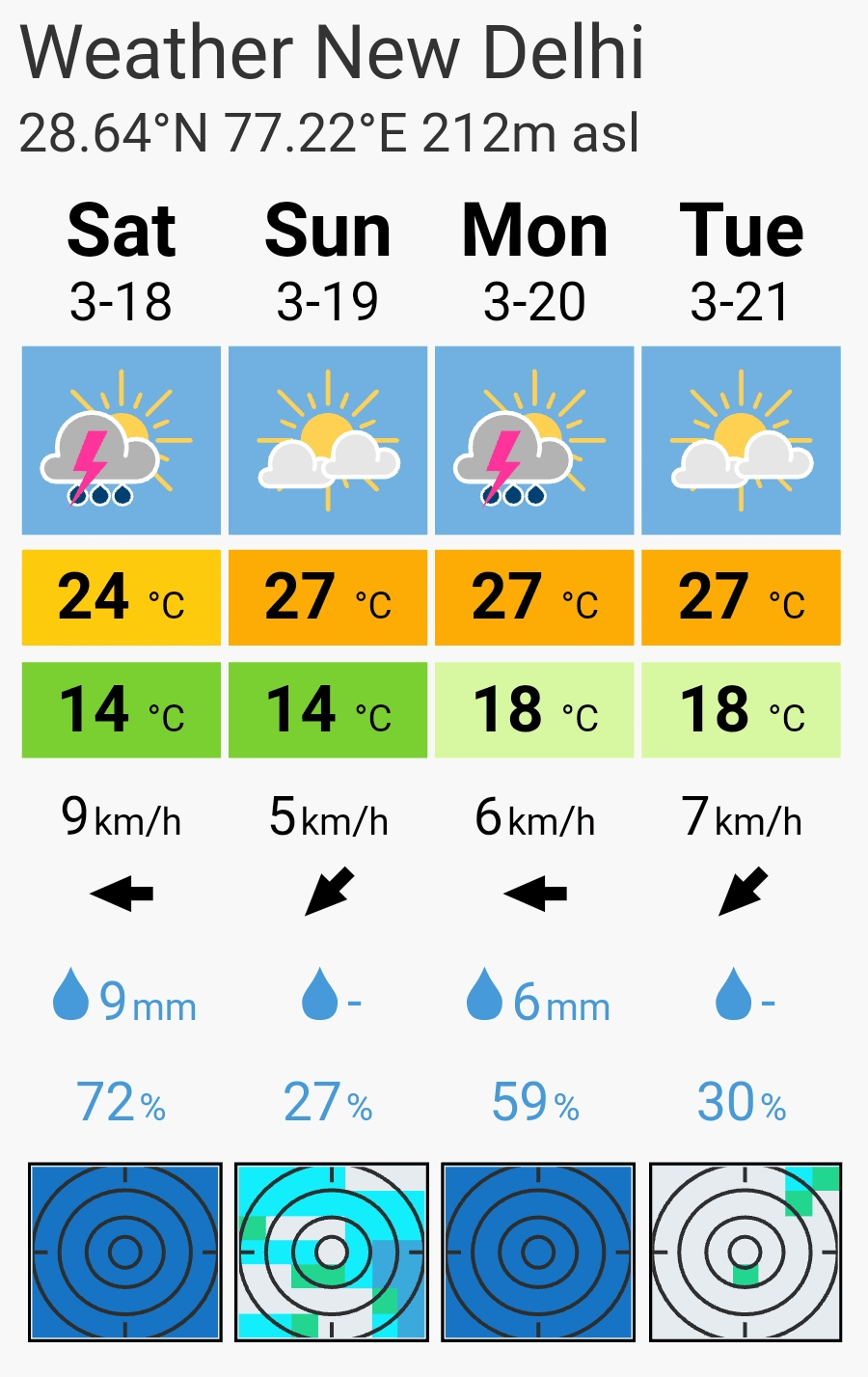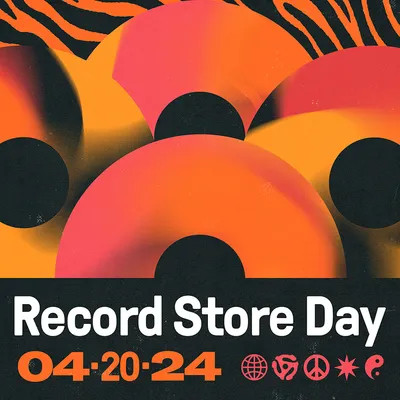The promotion initiative IMC – India meets Classic starts after the annual summer break (June) in the second half of 2011. On 18th July 2011 IMC OnAir – IMCRadio.Net enters into it’s 6th production year (see documentation 2006-2011 ). The new production for July 2011 with first broadcasting date @ Tide 96.0 FM, Hamburg (since March 2006 the basic home channel of IMC – India meets Classic) is fully produced first time in the own and new IMC-Studio.
Manodharma – Improvisation with(out) rhythm.
– The four types of improvisation in South Indian Classics (Carnatic).
An instrumental or vocal maestro of Indian Classics shows his true skills in free improvisation. The possibilities are so varied that no one Raga performance are alike. Each Raga performance is unique and unrepeatable. The improvisation is woven into the established framework of a raga. It is the art of Indian improvisation to move freely in a tight corset of a complex set of rules to explore spontaneously in predetermined and ritualized ways. It is always useful for the improvisational forms to hark back to forms of composition. In South Indian Classics (Carnatic) there exist formats such as Kritis, Varnams, Tillanas or Pallavis.
Manodharma is known in the Carnatic music as form of improvisation. In Manodharma Sangeet (the improvised song) exist four main forms. They appear with rhythmic accompaniment or without reference to a rhythm cycle, the Tala. Manodharma Sangeet from words in the figurative sense means “imaginative music“.
date of broadcasting…
18th July 2011 – 11:00 p.m. CEST (05:00 pm EST) @ Tide 96.0 FM (DE)
broadcasting plan | streaming (Internet Radio & Mobile Radio) | podCast
For a student of Indian Classics the training begins with learning the pre-composed forms, Sangita Kalpita before (s)he approaches the form of free improvisation. For the advanced concert musician it is Niraval (or Neraval / Sahitya prastara). Niraval is the common presentation of improvisation. The most demanding form of improvisation in Carnatic music is Raga Alapana (also Vistara raga) or simply Alap.
As the Alapana serves as an introduction to a raga for the vocal form of improvisation same the intrumentalists themselves especially the Veena players use a kind of preludes: Tana or Tanam. The family of Veenas (lutes) include the sitar, sarod and also the Rudra Veenas, a stringed instrument of North Indian classical music. About 200 years ago the Rudra Veena was the queen of all instruments of Indian classical music.
Nowadays the vocal virtuosos make use of Tanams in pre-composed forms, called Thanam Pallavi Ragam, so to speak a “composition within an improvisation” (or otherway round).








